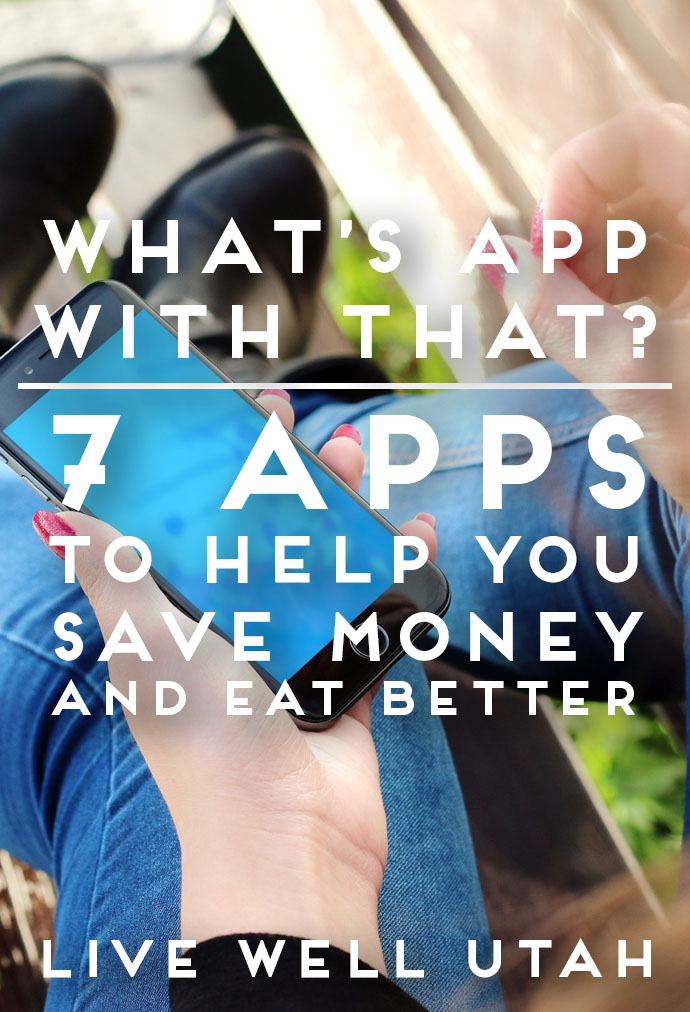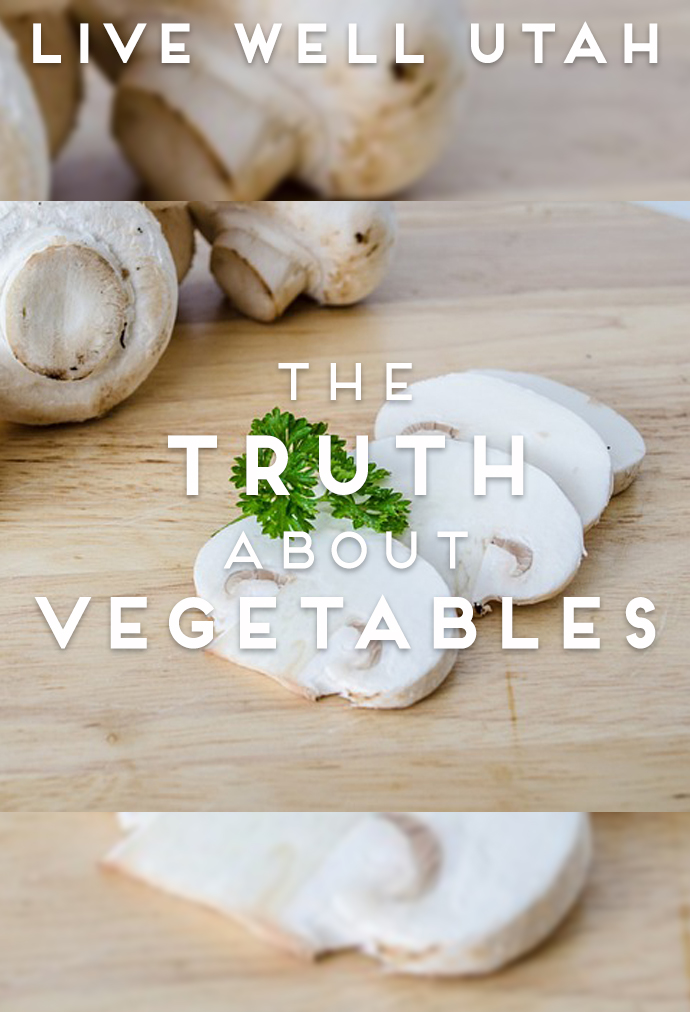Paying for College without Breaking the Bank
 It’s never too early to start thinking about how you’ll pay for your child’s education.
It’s never too early to start thinking about how you’ll pay for your child’s education.
According to a study conducted by Nerdwallet, an astonishing $29 billion in free college money was left unclaimed for the 2016-2017 school year. Among those statistics, Utah ranks highest in students who were eligible to receive free money, but missed out on the opportunity simply by neglecting to complete their FAFSA forms. If you or someone you know is preparing to attend college, make sure they know the numerous ways they can receive FREE money to help pay for their educational costs.
FAFSA: First and foremost, it is important to know about the website www.fafsa.gov. It is worth your while to check out the Free Application for Federal Student Aid (FAFSA) and all the financial resources they offer to help students pay for college. You can begin applying for FAFSA as early as October 1st for the upcoming year using your tax information from the previous year. Make sure you fill it out as early as possible as supply is limited, and be sure you update and reapply for FAFSA each year you are attending school. Send your FAFSA to all the schools you are interested in attending so they can send you their financial aid offers. Students must also include parent’s information on their FAFSA until they are 24 years of age; exceptions can be found at https://fafsa.ed.gov/fotw1718/help/fftoc02k.htm.
Employee Tuition Reimbursement: If you or your children are preparing to attend college, ask your employer if they offer any education benefits to students through tuition reimbursement or scholarships.
529 Savings Plan: These are tax advantaged savings plans that allow funds to grow tax free if used for educational purposes. There are 14 different investment choices that range from age-based options to static options, or customized options. These accounts can be opened by anyone for as little as $1 and anyone can contribute to the account at any point before the student withdraws the funds. For more information about this program, visit www.uesp.org.
Individual Development Account: This 3-1 matched savings program allows an individual to save up to $1,500 and receive $4,500 over the course of a 1-to 3-year period. Funds also grow tax free as long as they are withdrawn for use of assistive technology or educational purposes. There are income limitations and eligibility requirements. For more information, visit www.uidan.org.
Grants: Usually offered through FAFSA, grants are often based on an individual’s financial need. Grants are free money you don’t have to pay back, and the most an individual can receive in Federal Pell Grants for the upcoming year is $5,920. Be sure you apply early and often, as supplies for grant money is often limited and is distributed on a first come, first served basis.
Scholarships: Probably the most well-known form of free money, scholarship eligibility can be based on such things as interests, talents, program of study, grades and community involvement. They are usually offered through schools and universities, departments and cultural and religious organizations. Scholarships are also free money that you don’t have to pay back, and you will never have to pay to apply for one. A few helpful and fun scholarship databases include: www.fastweb.com, www.unigo.com, www.chegg.com, www.cappex.com and https://stepuputah.com.
Work Study: This payment option is received by employment through the student’s college or university. Work study provides students with flexible jobs that allow them to complete school work during their work hours, or provide more hands-on training related to the student’s field of study. Paychecks can be used to pay tuition, fees, student loans, etc. Income received through work study must be claimed on the follow year’s taxes, but does not count against the student on FAFSA the following year. To apply for work study, mark “yes” on question 31 of FAFSA.
Federal Loans: Only borrow what you need for tuition if you choose to take out student loans to fund your education. Federal loans are offered through the government and there are four main types:
- Subsidized loans – These do not begin building interest until the student has graduated from the college or university. They are typically offered to undergraduate students, and repayment plans can be deferred 6 months after graduation.
- Unsubsidized loans – These allow interest to begin accruing from the moment the loan is signed. This means students will essentially be paying interest on interest once they graduate from school. These loans are typically only offered to graduate and professional students.
- Direct Plus loans – These are loans taken out for a student by a parent.
- Direct Perkins loans – These loans are offered through specific colleges and universities. They are usually based on financial need, and supply is often limited.
Private Loans: Again, only borrow what you need for tuition if you choose to take out student loans to fund your education. Private loans are offered through banks and other financial institutions. They are typically less flexible with repayment options, but offer all the same options as federal loans and do not require the completion of FAFSA.
This article was written by Kirstin Kvam USU Extension Finance Program Coordinator, Salt Lake County
Resources:
https://www.nerdwallet.com/blog/loans/student-loans/fafsa-college-money-left-on-table/
https://www.nerdwallet.com/blog/loans/student-loans-federal-vs-private-loans/
 Have you filed your taxes yet this year? There’s a reason so many people opt to hire someone else to do their taxes for them— it can be a daunting task! Doing them yourself is a good way to save a little money. Today we’re featuring some free programs to help you get them done.
Have you filed your taxes yet this year? There’s a reason so many people opt to hire someone else to do their taxes for them— it can be a daunting task! Doing them yourself is a good way to save a little money. Today we’re featuring some free programs to help you get them done. Are you one of the lucky Americans who gets a tax return? Check out this quick financial tip from USU Extension Family Finance Pro Amanda Christensen and learn how to use that extra money wisely.
Are you one of the lucky Americans who gets a tax return? Check out this quick financial tip from USU Extension Family Finance Pro Amanda Christensen and learn how to use that extra money wisely.
 What’s the deal with layaway programs? Learn how to assess if layaway is a good option for you and how to set up your own layaway savings plan from USU Extension finance pro Amanda Christensen.
What’s the deal with layaway programs? Learn how to assess if layaway is a good option for you and how to set up your own layaway savings plan from USU Extension finance pro Amanda Christensen. It’s an emergency! My house is on fire… there’s been an earthquake… my furnace is broken! These are emergencies— Christmas is not. Check out this video from our finance pro Amanda Christensen and follow her tips to plan ahead for Christmas and save your emergency fund for a real emergency.
It’s an emergency! My house is on fire… there’s been an earthquake… my furnace is broken! These are emergencies— Christmas is not. Check out this video from our finance pro Amanda Christensen and follow her tips to plan ahead for Christmas and save your emergency fund for a real emergency.